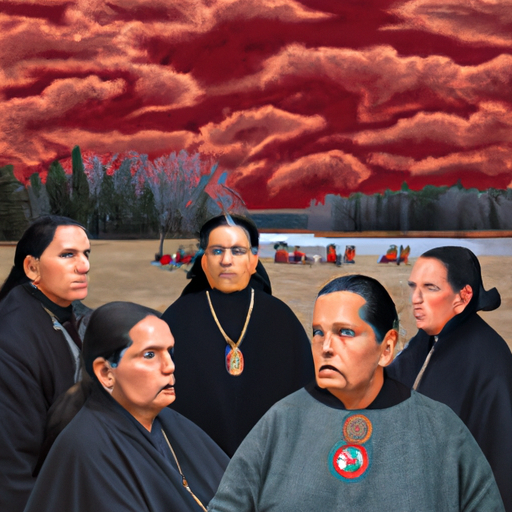Shining a Light on Opioids and the Class Action Brought by First Nations in Ontario
Hi everyone,
Let’s venture into an important issue affecting our neighbours to the North– the opioid crisis in Canada. Recently, an intriguing news piece emerged about opioid addiction among First Nations communities in Ontario. In addition to the ongoing struggle with opioids, these communities are currently wading through the waters of a legally complex fight which offers a vivid illustration of the opioid crisis’ far-reaching effects.
The Broader Scope of the Opioid Crisis in Canada
As we delve into the specifics, it’s critical to remember that the opioid crisis in Canada, like elsewhere, extends further than just the individuals who are addicted. It affects families, communities, and even extends to legal, housing, and employment sectors. The term ‘opioid crisis’ refers not just to the surge in drug misuse, but to the knock-on effects such as increasing crime rates, homelessness, and disruption of local communities.
The Dual Struggle of the First Nations Communities
The article showcases a case in point, covering the sagas being faced by First Nations communities in Ontario, who are not only grappling with the hardships of substance abuse and drug overdoses, but also a contentious legal battle over land disputes.
What’s Going On?
First Nations communities are opposing a Metis hunting cabin in the Bruce Peninsula, taking the matter to court as what they see as an unlawful imposition into their traditional territory. On one hand, there is a legal issue tied to land rights and historical grievances. On the other hand, there is the significant health issue that is the opioid crisis, which has hit hard in Indigenous populations.
How Is This Related to the Opioid Crisis?
These dual struggles might seem unrelated, but they are intrinsically intertwined. The stresses of ongoing legal disputes add to the socio-economic factors that often heighten vulnerability to drug misuse. At the same time, the opioid crisis exerts further strain on these communities’ resources, making it even harder for them to fight for their land rights. The government’s lack of immediate and effective response to both crises further fuels their challenges.
Attempted Solutions
First Nations have sought to counter the opioid crisis through several methods:
- A $1.1 billion opioid class action was launched against numerous pharmaceutical companies for their allegedly deceptive marketing methods.
- Communities have engaged in distributing naloxone kits, a life-saving medication that can rapidly reverse an opioid overdose, and training community members to use them.
- Raising awareness about the crisis and advocating for more public health assistance have been critical strategies to combat the opioid crisis in First Nations communities
Moving Forward
It’s clear that the opioid crisis is a complex issue, interwoven with socio-economic, cultural and legal aspects. Solving it is not just about treating individuals; it’s about addressing these underlying issues.
First Nations communities are standing up and asserting their rights: rights to their lands, rights to health, and rights to a life free from the devastating impact of opioids. It’s an uphill battle, with much at stake. But their fight underscores the importance of tailored intervention strategies that address both the immediate and broader implications of the opioid crisis.
A Quick Recap on Key Points:
- The opioid crisis has wide-reaching social and economic impacts, including increased crime rates and homelessness.
- First Nations communities in Ontario are engaged in a legal and health battle, fighting land disputes and opioid addiction simultaneously.
- Stress from land disputes and the opioid crisis reciprocally magnify the intensity of both issues for First Nations communities.
- Counteractions include a massive opioid class action and distribution of life-saving naloxone kits within these communities.
In Summary
This discussion draws attention to two paramount themes: on one hand, the far-reaching effect of the opioid crisis beyond addiction; on the other, the commendable fight of the First Nations communities. The story of these communities endorses the urgent need for a compassionate, effective, and broad-spectrum response to Canada’s opioid crisis. It’s crucial to remember the individuals behind the epidemic, those fighting for survival under this double-edged crisis: the fight for their rights and against opioids. Theirs is a story worth keeping an eye on.
Stay informed, stay empathetic, and until the next post, take care!
Keywords: Opioids, Opioid Crisis, Opioid Class Action, Homeless, Crime, Naloxone


